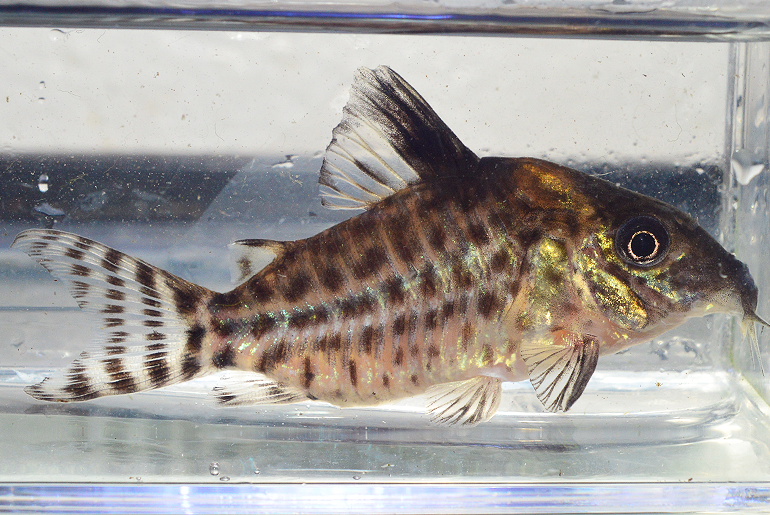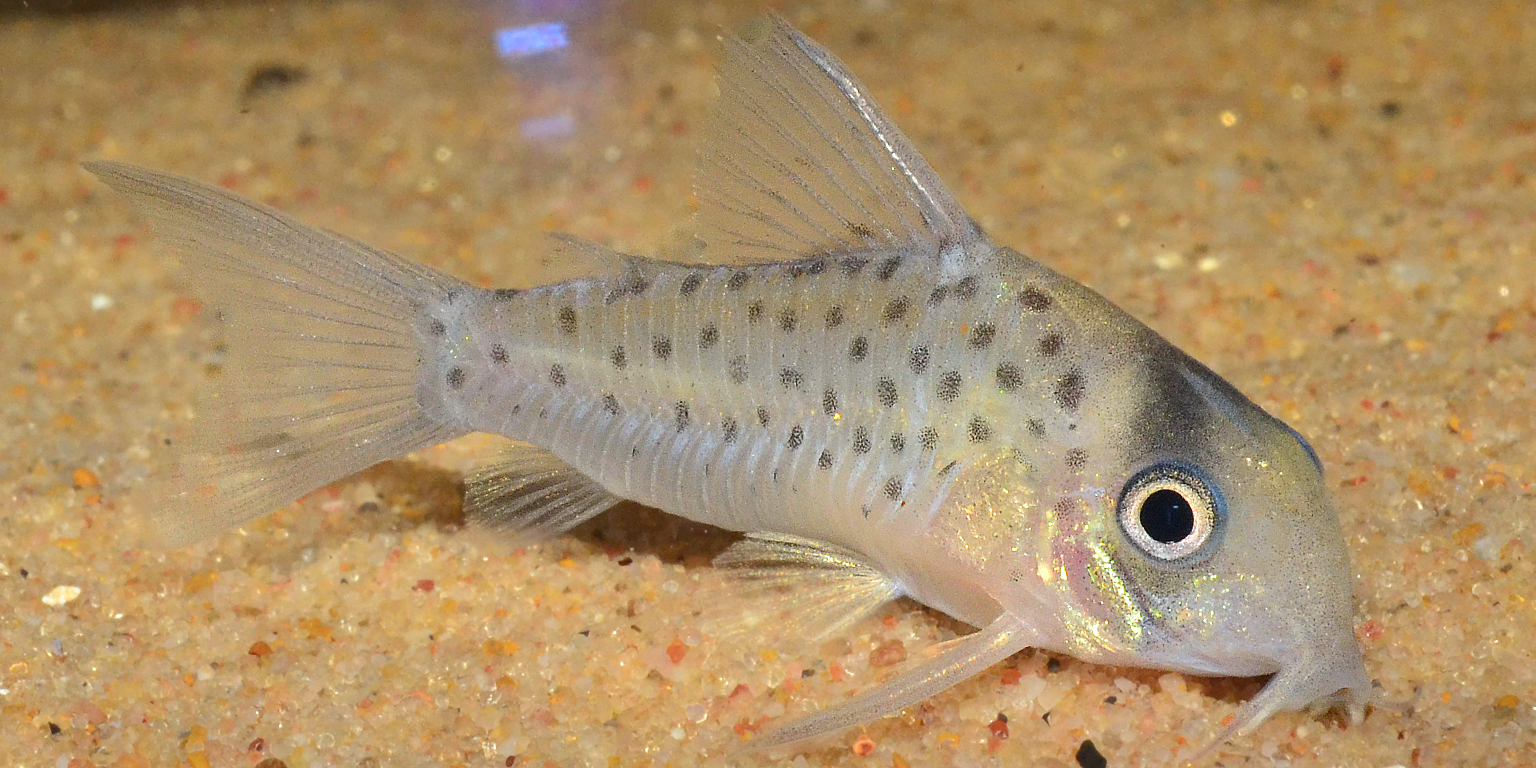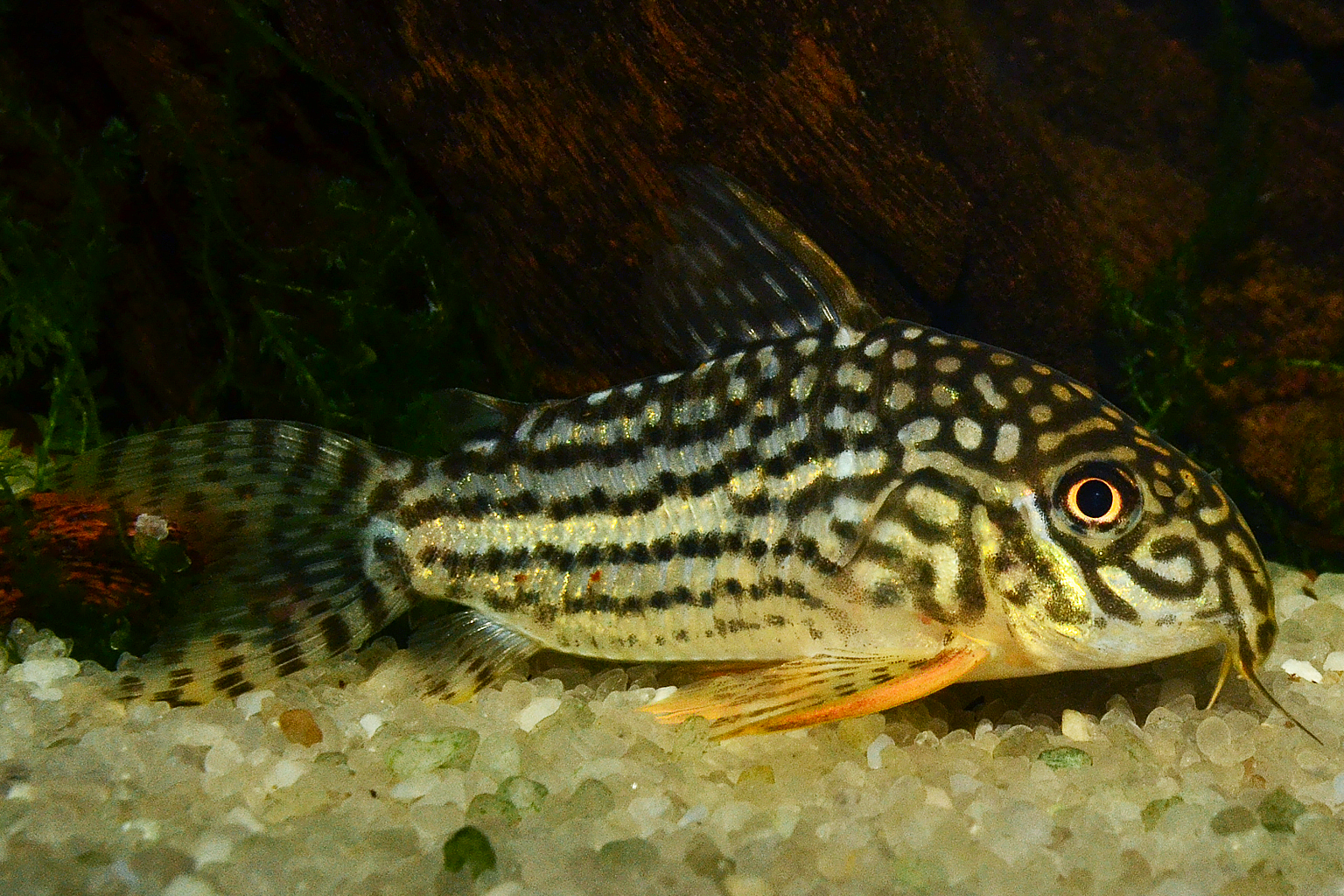Corydoras agassizii is a beautiful Corydoras from the eastern boarder of Peru and the Western boarder of Brazil. These fish have never been bred in captivity before, meaning all specimens are wild caught and imported. Here in the United States, they seem to be most often imported with the generic locality, “Peru” though they are known to be in the 1Rio Ampiyacu. Those who enjoy Corydoras will realize that C. agassizii has quite a different look to them than what is often available in local pet stores. This is because of its unusually long snout.
Distinguishing Male and Female
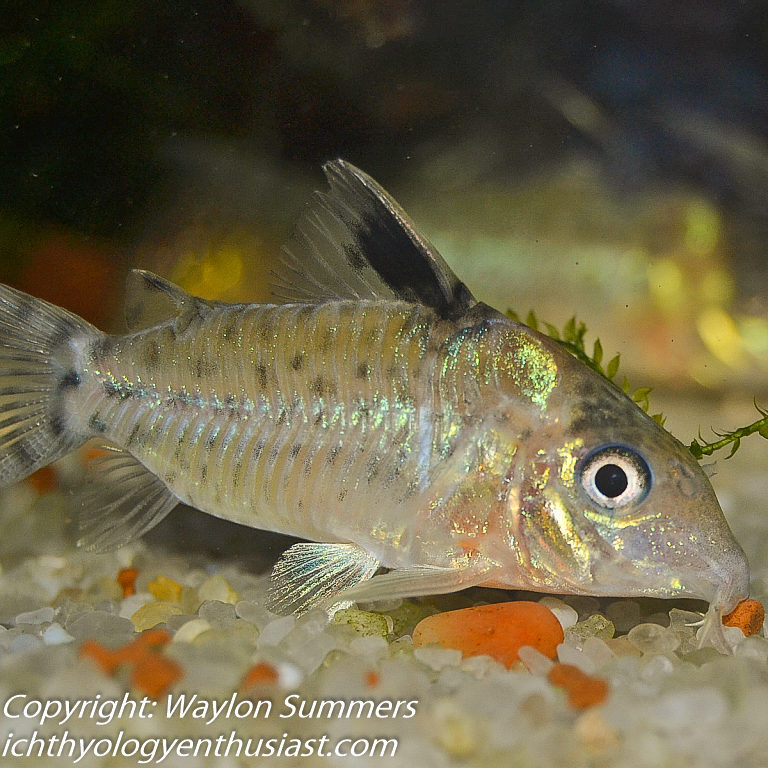

Distinguishing between Male and Female in this species is similar to the vast majority of Corydoras species, the female is larger and more rotund than the male. Her body is often taller than the male and with this comes a more horizontally elongated head.
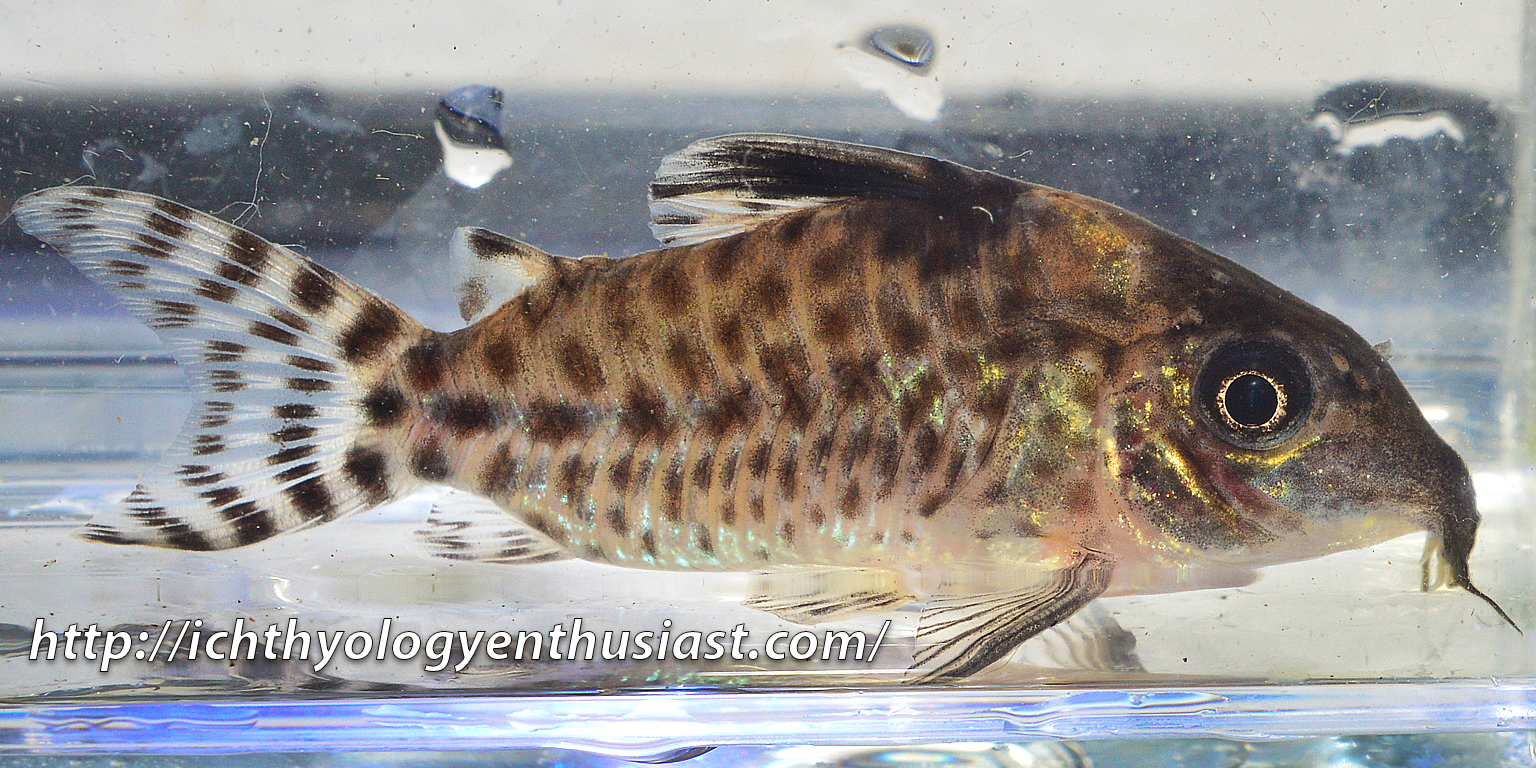
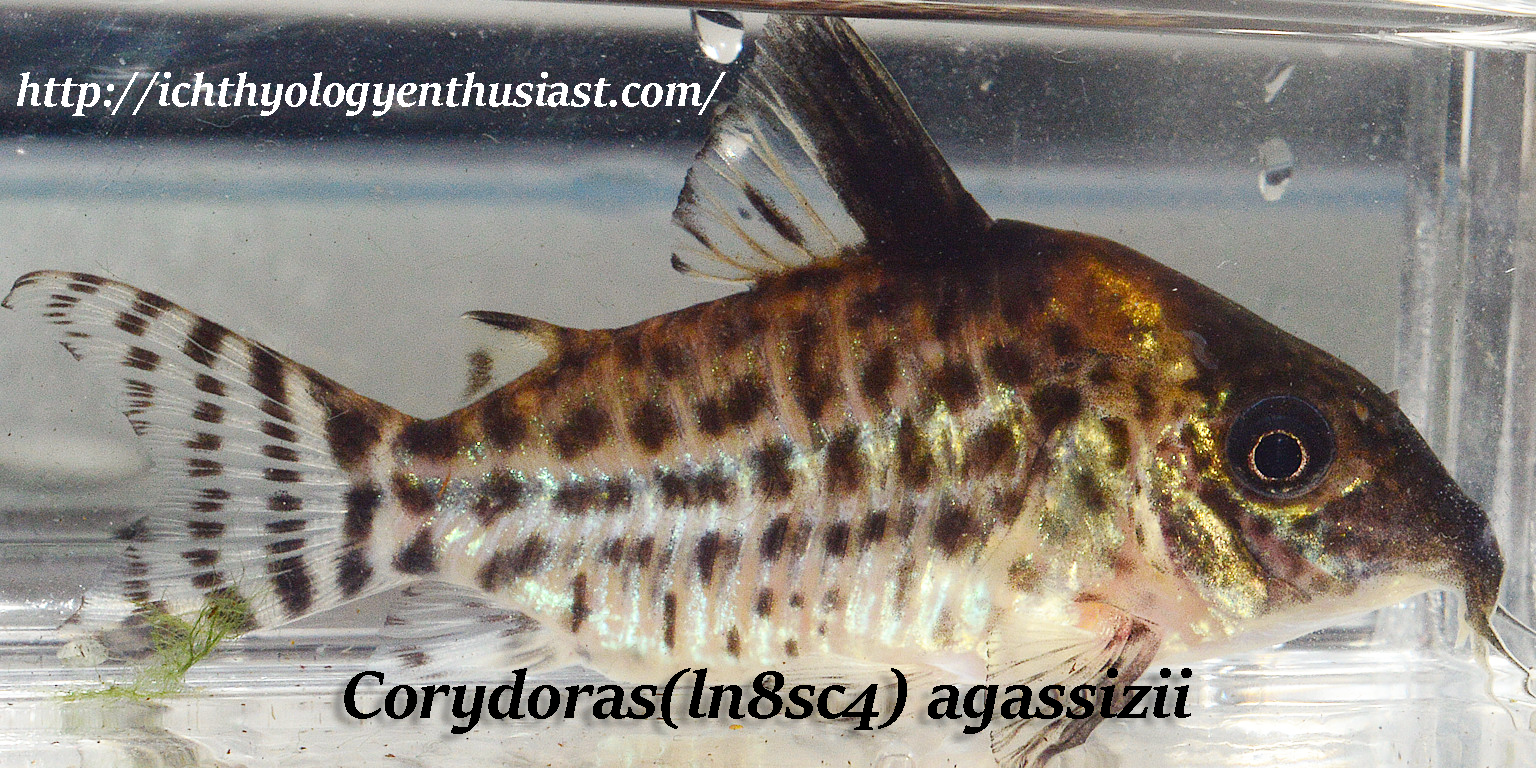
The C. agassizii and Ambiacus Complex
There are several similar looking Corydoras species when compared to C. agassizii. One that is often very difficult to distinguish species is C. agassizii and ambiacus. Both of these species come from similar rivers and are extremely similar in appearance. Even within the extremely closely related species, there is still large variation from fish to fish. I have seen both agassizii and ambiacus with and without spotted reticulation on the forehead of the fish and a varying size of the black marking on the dorsal. The one sole distinguishing factor between the two species is the dorsal blotch. In C. agassizii it extends longer while ambiacus has a shorter blotch. Some give credence to how many dorsal rays the dorsal blotch occupies, but others online have told me this is simply just variation and the only distinguishing factor is the how far the dorsal blotch extends vertically. When I spoke to Ian Fuller, he told me that there may be a synonymization of the given species at some point in time.
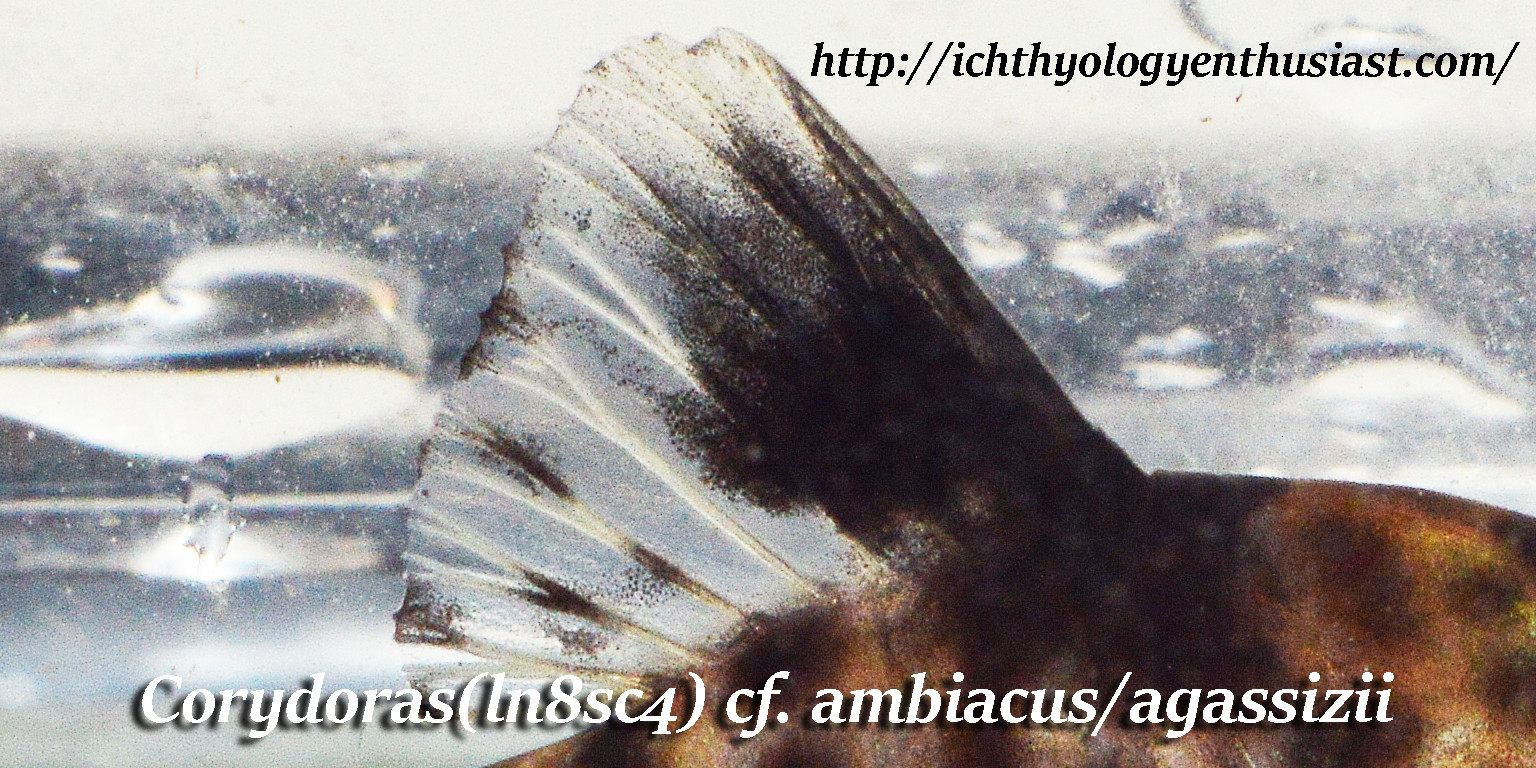
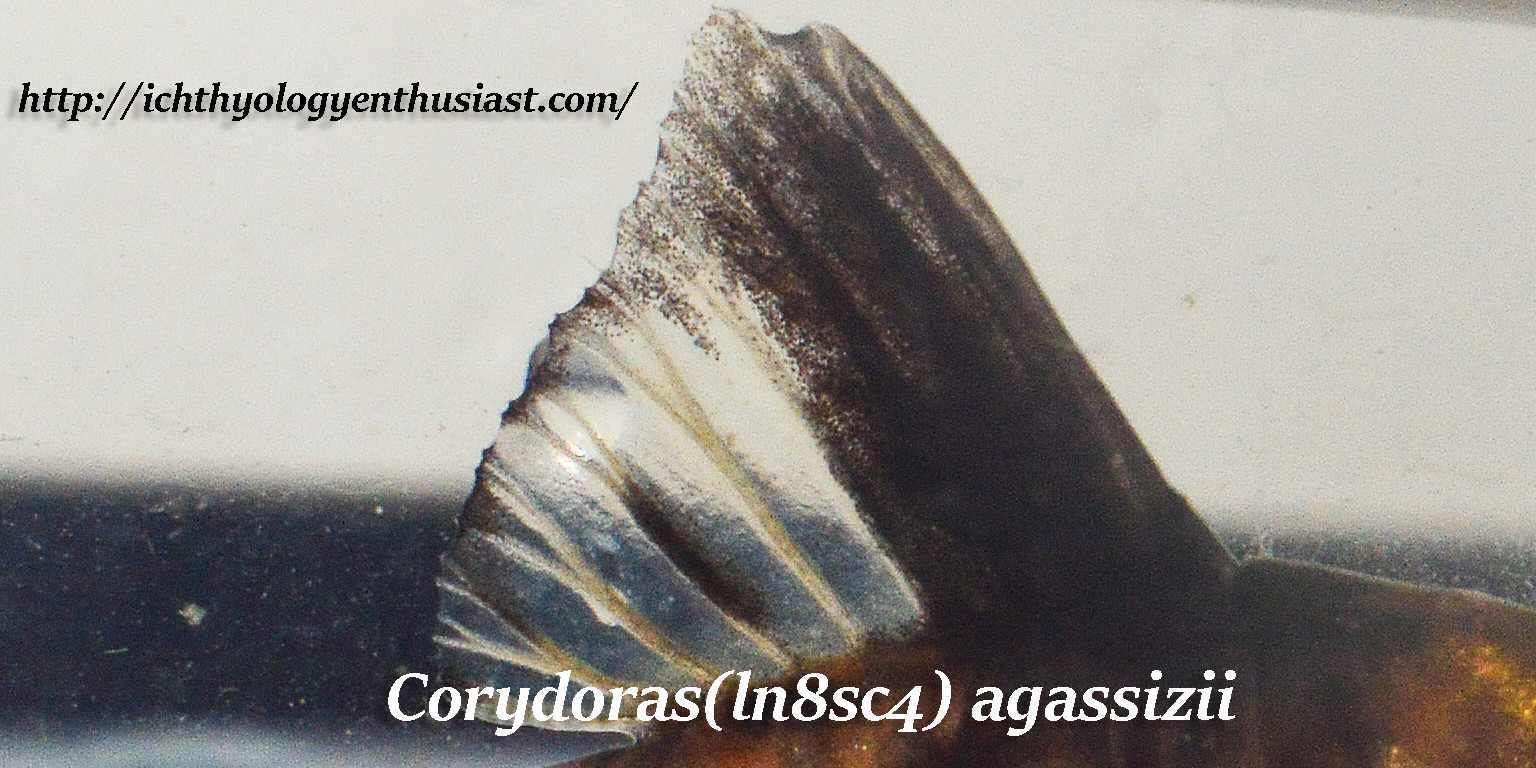

A Lineage Exception
The genus of Corydoras is vast in its speciation and still very much in its infancy. As aquarists and enthusiasts of these fishes, it is interesting to see ichthyologists working on unraveling their evolutionary history. Corydoras started out very robust and was much more ridged in its exterior. They all had very elongated snouts but overtime through exposing various niches in their environment and finding themselves in varying environmental situations, their head shaped became more rounded, often times moving their mouths to a downward (sub-terminal) position. This is probably likely from Corydoras finding themselves in soft sand environments. In general, fish with elongated snouts use their mouths to reach in between rocks and hard crevices so we can likely conclude there was a dramatic change in environment and food chain (trophic levels) for isolated groups of this genus that started developing the rounder head and downward mouth.
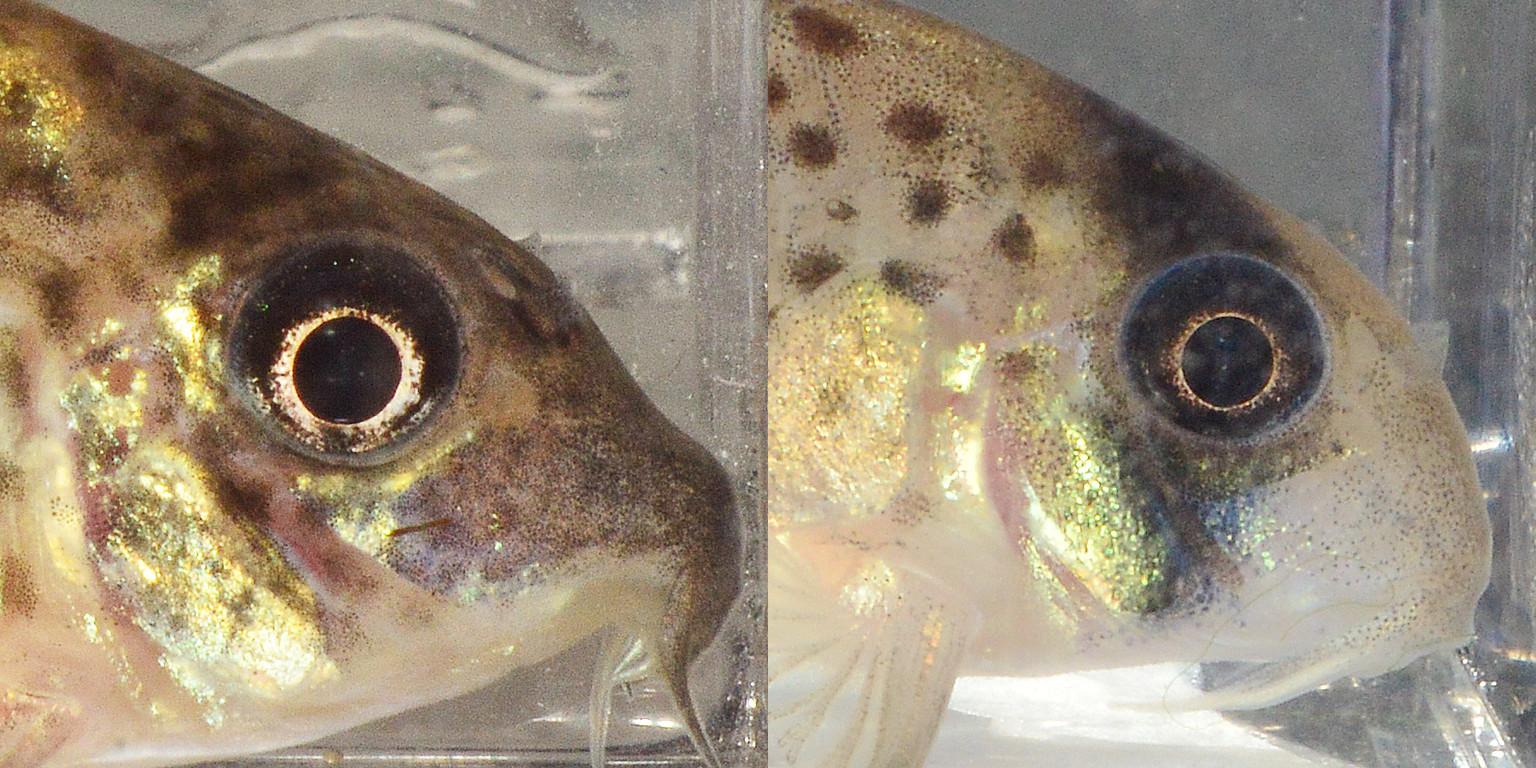
Citations:
- 1.Fuller IAM I, Evers H-G. Identifying Corydoradinae Catfish. Verlag A.C.S. GmbH; 2021.
